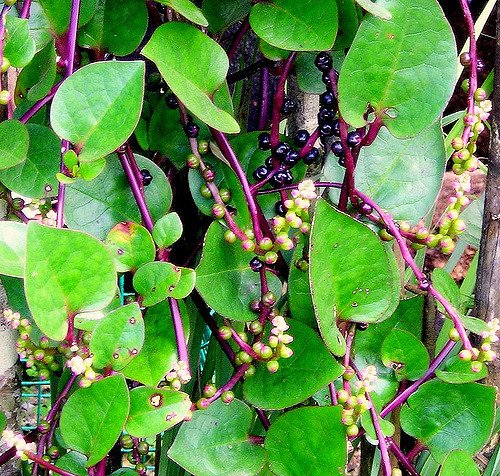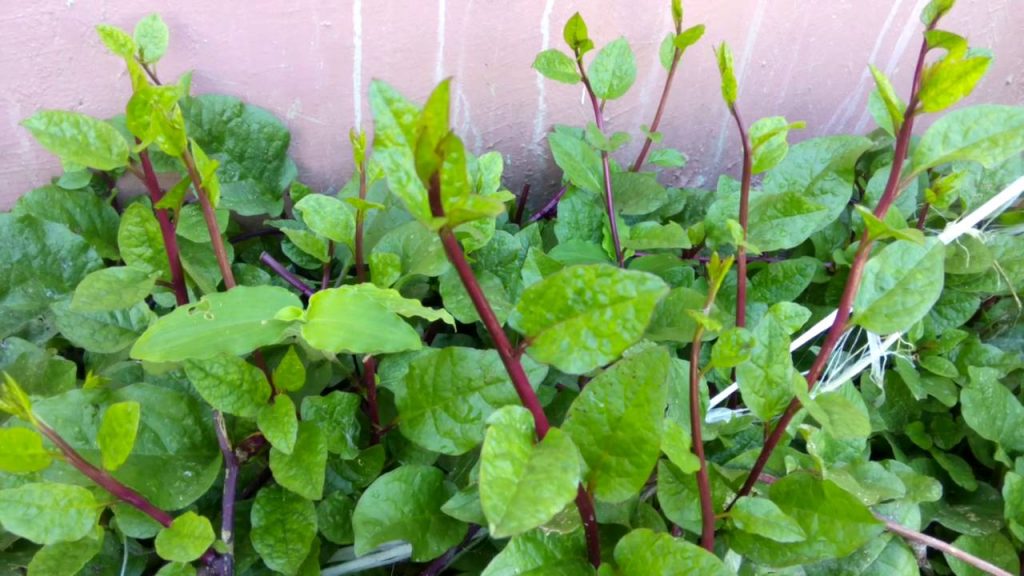San Vicente Botanical Garden 16:
Wild food plants or "survival plants"
Dr Abe V Rotor
Survivors of war, plane crash, shipwreck have a lot of lessons to share, among them are edible plants that kept them alive.
• Talisay (Terminalia catappa) bears nut like fruits that contain small seeds that taste like almond.
• Tibig (Ficus nota.) The fruits are edible and have a good flavor. They are soft and fleshy when mature.
• Isis (Ficus odorata) or isis because its rough leaves are used as natural sandpaper for utensil and wood. Its fruits like tibig are edible.
 • Balleba (Vallisnera) is an aquatic plant growing in clear streams, ponds and lakes, whose leaves appear like ribbon, hence it is also called ribbon grass. The leaves are gathered and served fresh with tomato, onion and salt.
• Balleba (Vallisnera) is an aquatic plant growing in clear streams, ponds and lakes, whose leaves appear like ribbon, hence it is also called ribbon grass. The leaves are gathered and served fresh with tomato, onion and salt.
• Apulid or water chestnut. Our native apulid produces very small bulbs - only one-third the size of the Chinese or Vietnamese apulid. It grows wild in places where water is present year round. It is boiled, peeled and served.
• Aratiles (Muntingia calabura) bears plenty of tiny berries which are red to violet when ripe. It is sweet and somewhat aromatic.
Himba-ba-o or Alokong
(Alleanthus luzonicus)

• Wild sinkamas (Pacchyrhizus erosus) has enlarged roots which may remain in the soil even after the plants has dried up in summer. It is gathered and eaten raw.
• Urai (Amaranthus spinosus). The plant become spiny as it matures. It is the very young plant that is gathered as vegetable.
• Mulberry (Morus alba). Its leaves are the chief food of silkworm. The fruits when ripe are purple to black, and while very small are juicy and fairly sweet.
• Taro (Colocasia sp.). The Palawan gabi grows twice the height of man and produces a large corm. There is a technique in preparing and cooking the corm. Or making starch out of it. The key is thorough cleaning and cooking.
• Gulasiman (Portulaca oleracea) has succulent leaves and stems which are cooked as vegetables.
 • Talinum ((Talinum triangulare). The succulent stems and leaves are gathered as vegetable.
• Talinum ((Talinum triangulare). The succulent stems and leaves are gathered as vegetable.
. Edible Fern (Pako’) - Athyrium esculentum); gulasiman or ngalog (Portulaca) Male flowers of squash (Cucurbita maxima)
Male flowers of squash (Cucurbita maxima)
Other wild vegetables:
Survivors of war, plane crash, shipwreck have a lot of lessons to share, among them are edible plants that kept them alive.
• Talisay (Terminalia catappa) bears nut like fruits that contain small seeds that taste like almond.
• Tibig (Ficus nota.) The fruits are edible and have a good flavor. They are soft and fleshy when mature.
Banana blossom (Puso ng saging)
 • Balleba (Vallisnera) is an aquatic plant growing in clear streams, ponds and lakes, whose leaves appear like ribbon, hence it is also called ribbon grass. The leaves are gathered and served fresh with tomato, onion and salt.
• Balleba (Vallisnera) is an aquatic plant growing in clear streams, ponds and lakes, whose leaves appear like ribbon, hence it is also called ribbon grass. The leaves are gathered and served fresh with tomato, onion and salt. Papait (Mollogo oppositifolia)
• Aratiles (Muntingia calabura) bears plenty of tiny berries which are red to violet when ripe. It is sweet and somewhat aromatic.
Himba-ba-o or Alokong
(Alleanthus luzonicus)

• Urai (Amaranthus spinosus). The plant become spiny as it matures. It is the very young plant that is gathered as vegetable.
• Mulberry (Morus alba). Its leaves are the chief food of silkworm. The fruits when ripe are purple to black, and while very small are juicy and fairly sweet.
Bagbagkong, flower vegetable
• Gulasiman (Portulaca oleracea) has succulent leaves and stems which are cooked as vegetables.
 • Talinum ((Talinum triangulare). The succulent stems and leaves are gathered as vegetable.
• Talinum ((Talinum triangulare). The succulent stems and leaves are gathered as vegetable. Saluyot tops (Corchorus olitorius)
 Male flowers of squash (Cucurbita maxima)
Male flowers of squash (Cucurbita maxima) • Alugbati (Basella rubra) is a twining plant with reddish stems and leaves. The tops are gathered as vegetable which is mucilaginous when cooked.
1. Young leaves of cassava or kamoteng kahoy (Manihot utilissima)
4. Amaranth or spinach (Amaranthus spinosus) - seedling stage
5. Flowers of madre de cacao or kakawate (Gliricida sepium)
6. Corm of banana (Musa sapientum)
7. Ubod or pith of maguey (Agave cantala)
8. Talinum (Talinum quadriculoare)
9. Flower of katuray (Sesbania grandiflora)
Male flowers of squash (Cucurbita maxima
10. Corm of Palawan gabi (Colocasia sp)

Often referred to as wild food plants or hunger crops, these and many others, perhaps hundreds, provide an alternative source of food and nutrition on the grassroots in times of poor harvest and calamities like drought. Being native or indigenous they survive extreme conditions of the environment, they need very little care, if at all.
Ethnobotany, the study of plants and their uses in primitive societies, is gaining recognition in the light of economic crisis. It offers a solution to poverty and malnutrition. Culinary delight comes in various food preparations from native vegetables. ~

Dampalit (Sesuvium portulacastrum)
Ethnobotany, the study of plants and their uses in primitive societies, is gaining recognition in the light of economic crisis. It offers a solution to poverty and malnutrition. Culinary delight comes in various food preparations from native vegetables. ~







.jpg)































